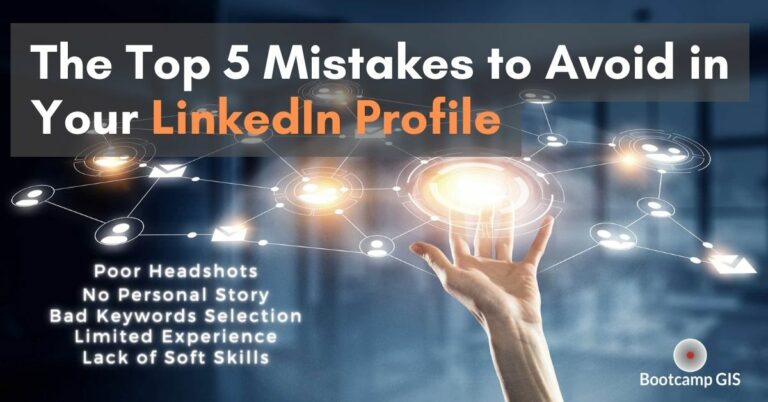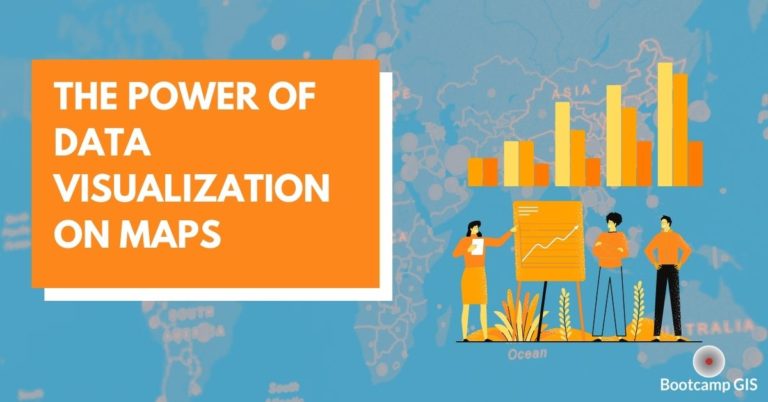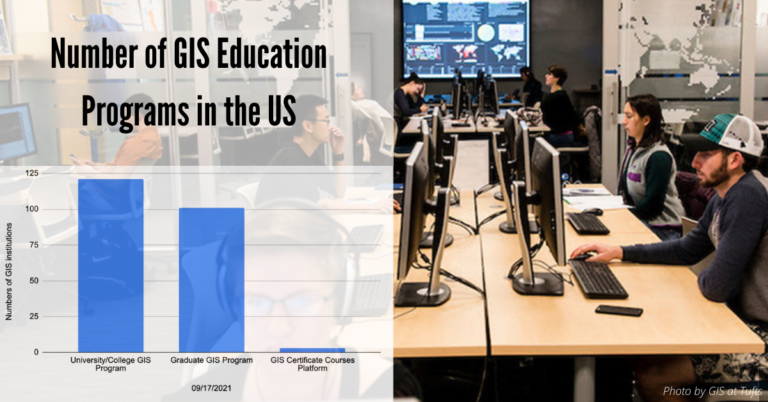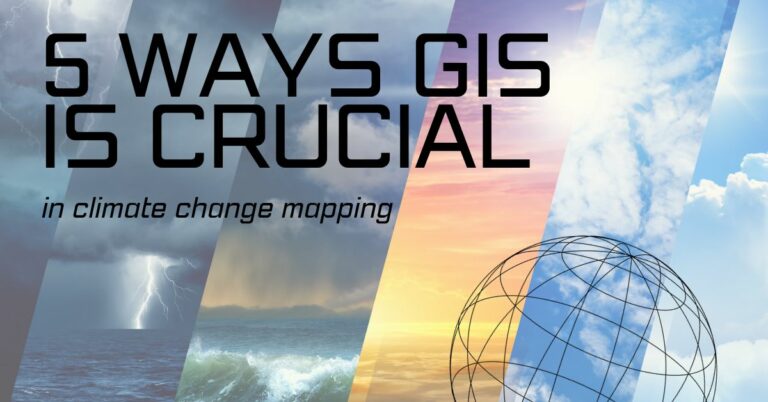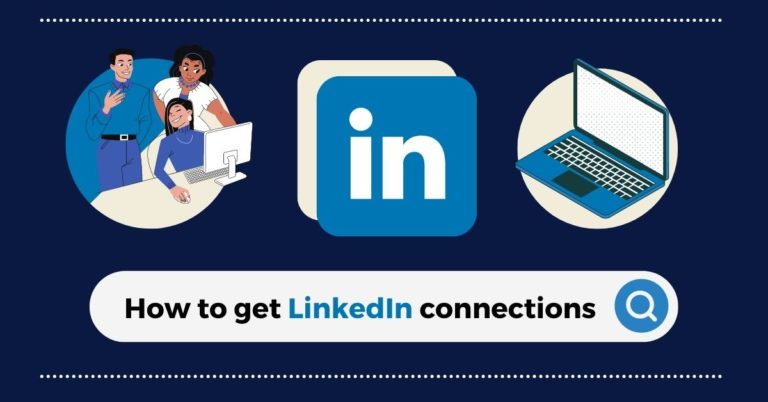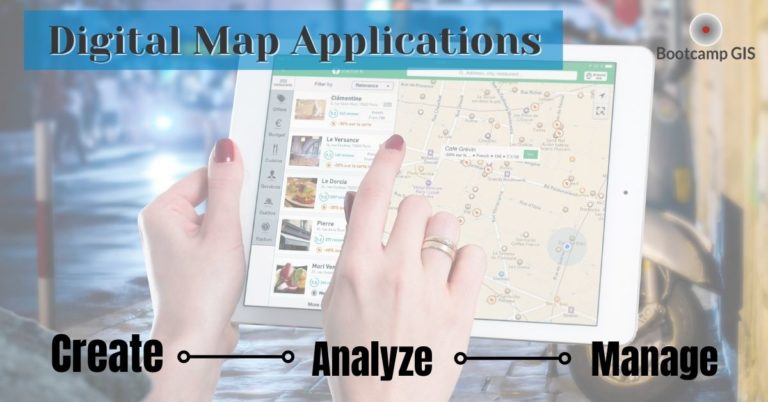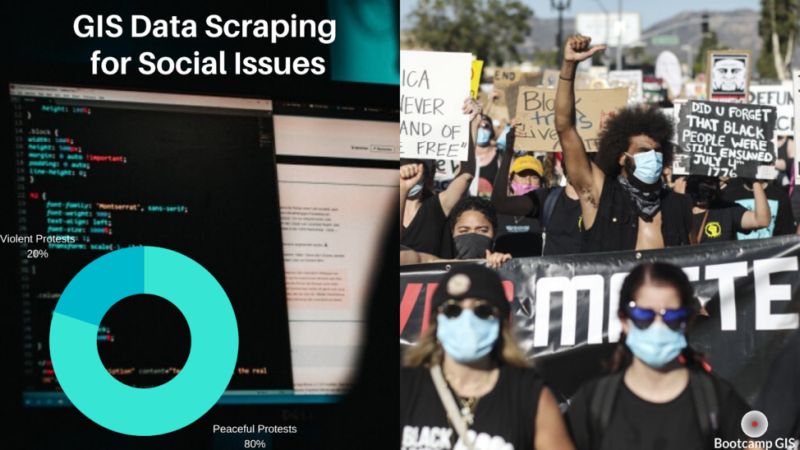
Training in GIS for Quick maps via scraping social media data
Protesting is as American as it can possibly be, we’ve seen pictures of protests in our history books ever since we first started school. Right now, during the George Floyd protests there is a rising sentiment that most of these protests are violent and the people who are going out are not involved for the cause of fighting against police brutality. Social media data begs to differ with these claims though, according to the marketing company Ipsos, more than 970 protests had taken place in 400 cities around the country, and they also found out that around 80% of these protests were peaceful. This data came about from scraping data from social media posts from protests that day and cross referencing this data from against news reports, satellite imagery and Google Street View for verification. Using this data they were able to create an interactive map that allows people to see where a gathering took place, what type of gathering it was, and to determine if it was peaceful. According to USA Today, by using local news coverage, they stated that there were over 1,000 protests in all 50 states, you can look at their interactive map here. Making maps through data scraping is just one of the many things you can do with a degree in GIS.
Facial recognition technology
While using this data scraping is helpful in determining situations where protests can be deemed either peaceful or not, there is a flip side to data scraping. Three U.S. senators are currently raising alarms after facial recognition was being used on peaceful protestors who marched these last few weeks. The main reason behind this alarm is that some police departments have partnered with Clearview AI, a company that has scraped over three billion photos from social media and created a database of them for facial recognition purposes. The Senators’ main concern is that if these photos of people who are protesting peacefully could be leaked, they could face scrutiny. And if this facial recognition technology fell into the wrong hands it could be harmful for those identified. So we have the mandate in a case like this to be aware of our data collection. Take a second look at your social data scraping so that you can confidently produce data, show trends, and protect privacy.

